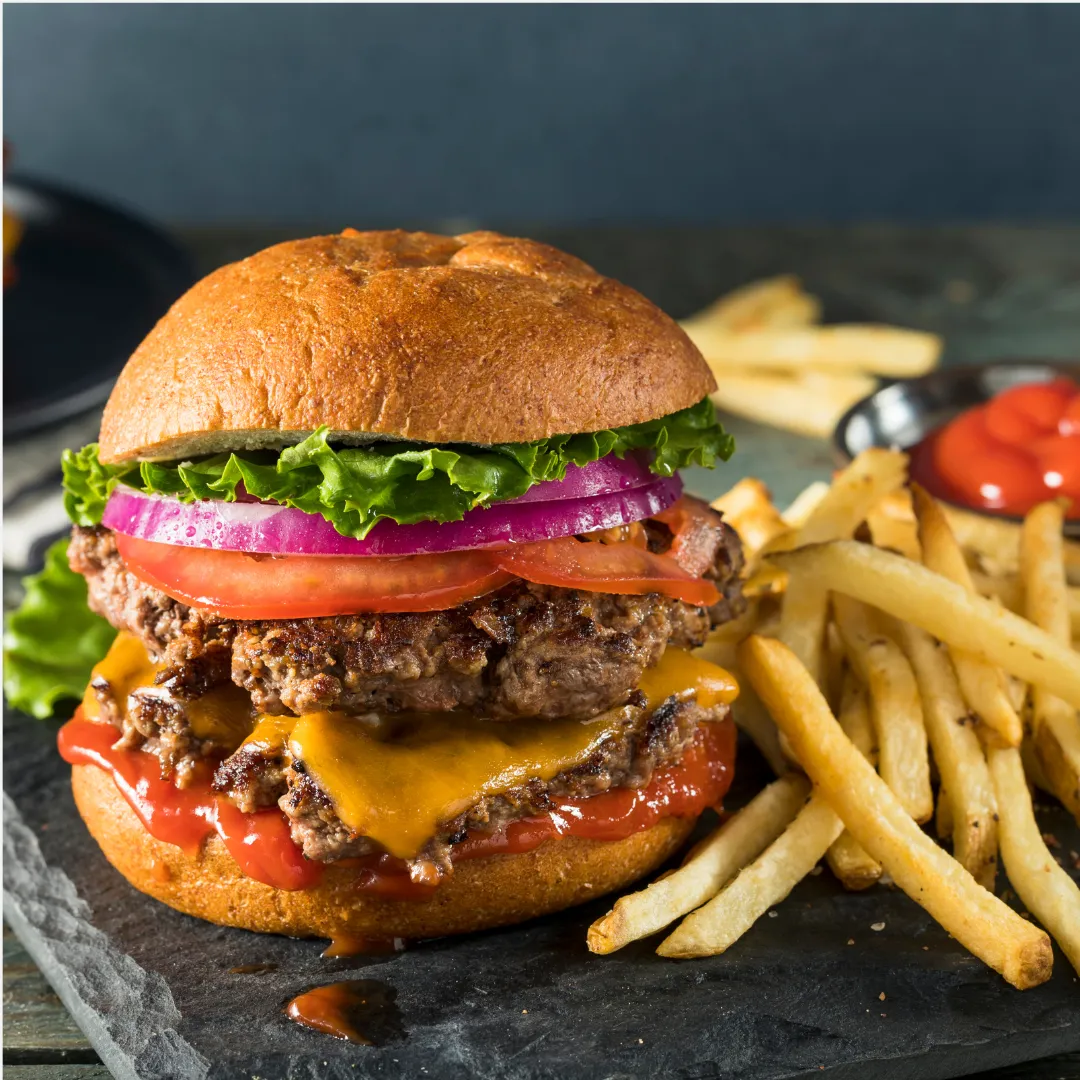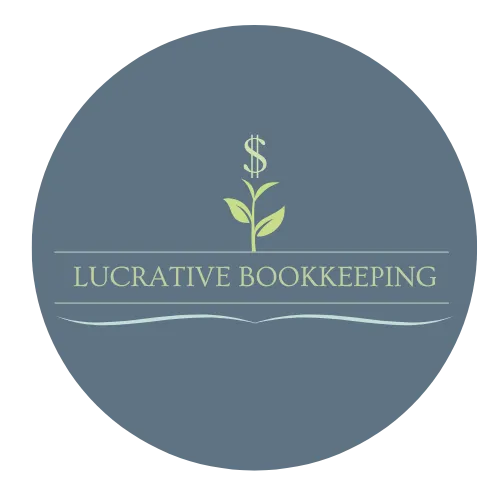Blog

Business Owner's Guide to Deductible Meals
The Business Owner's Guide to Deductible Meals
What business meals are deductible? This topic can become very confusing, with meals being either A) non-deductible, B) 50% deductible, or C) 100% deductible. Here is a guide to help you understand what meals are deductible, in addition to what records you should be keeping.
If you are ever selected for an IRS exam or audit, the meal expenses are going to be one of the most heavily looked at areas. Therefore, it’s important to keep good records to back up your expenses. Please note that while we hope for this information to be helpful, it is not tax advice and you should always consult your own tax professional.
What meals are deductible?
As a general rule of thumb, business meals are deductible if they are ordinary and necessary. Additionally, they can’t be lavish or extravagant, and the meal must be attended by you, the business owner (or an employee).
Another point to think with, generally speaking, is that most meals that are deductible are only 50% deductible. So while it’s better than being non-deductible, just be aware that you are still being taxed on 50% of the meal.
Here are some examples of business meals:
Meal while meeting with a business associate. “Business associate” means a person with whom you could reasonably expect to engage or deal in the active conduct of your trade or business, such as a customer, employee, supplier, partner, professional advisor, etc. (whether already established or prospective).
The meal could be when traveling away from your tax home for business purposes.
Occasional meals can be provided to employees if it enables them to work overtime or extend their schedule.
As an employer, you can provide a break room with free snacks, coffee, water, etc..
In all of the above examples, these meals would be 50% deductible provided proper documentation occurs and holds up under exam.
100% Deductible Meals
When provided food or beverages for a recreational, social or similar activity primarily for the benefit of your employees (other than employees who are “highly compensated”), you may be able to deduct 100% of the meal.
For example, if you were to have an occasional company-wide picnic or BBQ, you would be able to deduct a full 100% of the costs of food and beverages.
Meals Regularly Provided to Employees
Another important category of meals involves regularly providing meals at no cost to employees. In this case, you have what is called a “Fringe benefit” and is not deductible as a meal expense, but rather as wages to the employee. These amounts provided to the employee will need to be included in the employees wages, upon which they are taxed.
It’s very important to alert us to a fringe benefit as above with the meals. Additionally, your employees will need to be aware of and prepare for extra taxes taken out of their paycheck.
How to Keep Proper Records
A key step to deducting meal expenses is keeping proper records. As mentioned before, if your business is selected for an IRS examination or audit, this will be one of the key accounts looked through. Here are some steps of what you should record to keep proper records:
💡 Tip: The simplest way to record the below is by writing on the back of your receipt and scanning/uploading this information.
If the meal is over $75, you are required to have documentary evidence such as receipts, cancelled checks, or bills to support the expense.
Additionally, with the meals you need to record:
Who the meeting was with, and what was talked about.
The date and amount of the expense (should be covered on the receipt)
If no receipt available or was lost, write out/document it with something that can be attached in your accounting software. It helps to support and show the validity of your expense.
If you have receipt management included in your monthly services with us, excellent! Be sure to upload the receipts through the client portal, and we’ll attach them appropriately in the accounting software.
If you manage your own receipts, scan or take a picture of the receipt/documents and save them on your computer or cloud storage.
Interested in finding out how to implement this in your business? Click below to schedule a free consultation.


Lucrative Bookkeeping
(727) 291-8857
690 S Main St. #783
Safety Harbor, FL 34695
Copyright © 2025 Lucrative Bookkeeping




